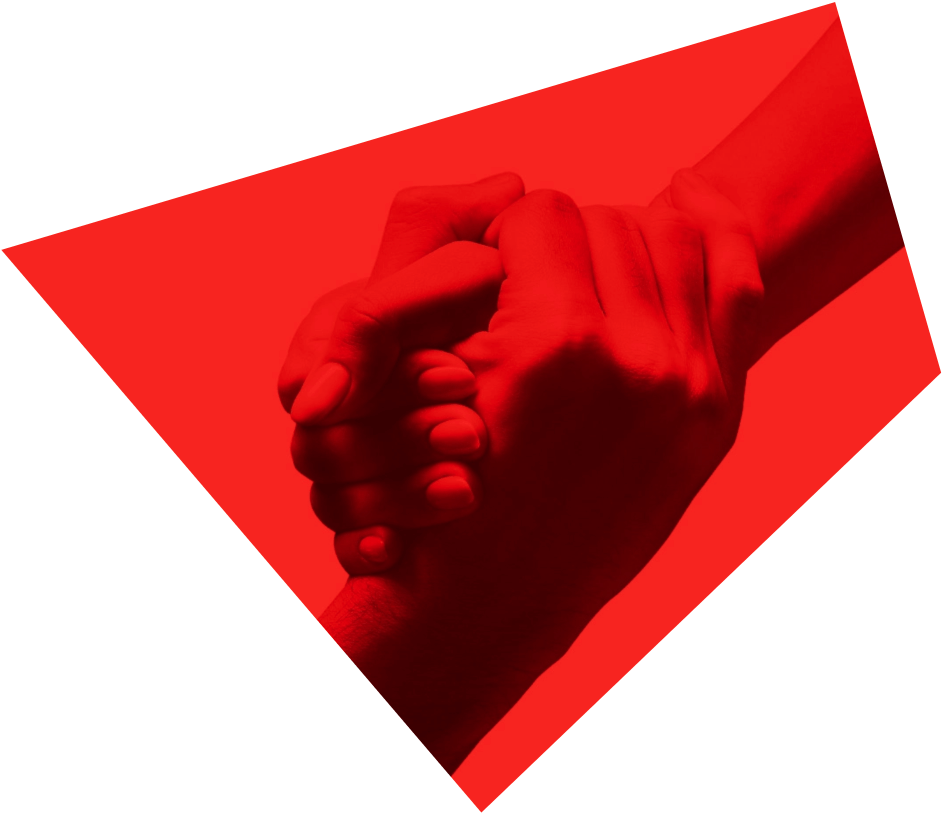This article first appeared in the Toronto Star on December 1, 2019.
Following months of political upheaval and uncertainty surrounding the future of Prime Minister Benjamin Netanyahu’s ten-year dominance of national politics, Israel is now careening towards its third election in a year.
After calling early elections in the spring, Netanyahu’s Likud Party was able to secure a very close victory in April. However, he was not able to gain enough support in the Knesset, Israel’s Parliament, to form a governing coalition.
Last week, former army chief Benny Gantz conceded his failure, as well, to cobble together a governing coalition. In order to form a majority government, Israeli partisan coalitions must reach the threshold of 61 seats in the Knesset — Gantz’s bloc can claim only 44. Netanyahu’s coalition commands 55.
Complicating matters further are the legal challenges facing Netanyahu. On Nov. 21, the Prime Minister was indicted on charges of fraud, bribery and breach of trust—becoming the first sitting Israeli premier to face criminal charges. Gantz has sworn that he will not support a government led by an indicted politician in the highest office.
So, for the first time in the nation’s history, the task falls to members of the Knesset, 60 of whom must throw their support behind a fellow member of Knesset to form government. If they are unable to do so by December 11, the country will be destined for its third election since April.
In a country as rife with divisions as Israel, their task seems Herculean. As former Israeli Prime Minister Golda Meir once famously told President Nixon, “You are the president of 150 million Americans; I am the prime minister of six million prime ministers.” Her point: in Israel, political positions are stubborn and alliances between parties seem to shift like sand.
Part of the problem is that historically, the changing circumstances facing Israel have forced parties to fracture, dissolve and rebrand. Developments in the peacemaking process have split parties and divided political allies, while the diverse social, religious and ethnic demographics of Israel mean that political views remain fragmented.
That being said, the situation in Jerusalem today also points to a larger problem: the shortcomings of an electoral system based on proportional representation. From its founding, the state of Israel has practiced one of the purest forms of proportional representation of any modern democracy.
While some in Canada lament the fact that our first-past-the-post system disadvantages smaller parties, Israel is a case in how things can go wrong when those small parties have too much power.
Because the entire country is treated as a single electoral district and there is a very low threshold for representation, the balance of power is all too often held by fringe parties with hardened views — from both ends of the political spectrum.
While some argue that more power for smaller parties lends a greater voice to a wider portion of the electorate, in Israel, we’ve seen quite the opposite. Rather than the party which receives the most votes, it is often the coalition most willing to serve these special interests which is invited to form government. As a result, the balance of politics is heavily skewed towards these parties, despite the fact that most Israelis disagree with their views.
What’s more, the system fosters an unfortunate lack of accountability and transparency in government. Israelis elect a party, not a particular member of Knesset. And the reality of forming government through coalition agreements means that backroom dealings come to matter more than any platform pledges made to the electorate.
So, even though Canadians may feel our system privileges regional interests to a damaging extent, the alternative certainly has its flaws — not least of which is the constant pandering to smaller, extreme parties.
Israelis will likely have to patiently wait another week and a half to find out whether they’ll be subjected to yet another election campaign.
In the meantime, rising political tensions and worsening conflict in Gaza go unaddressed by government – a reminder of the shortcomings of the current system.
For the only democracy in a region ever-more-inclined toward political extremism, that is a very troubling state of affairs.
